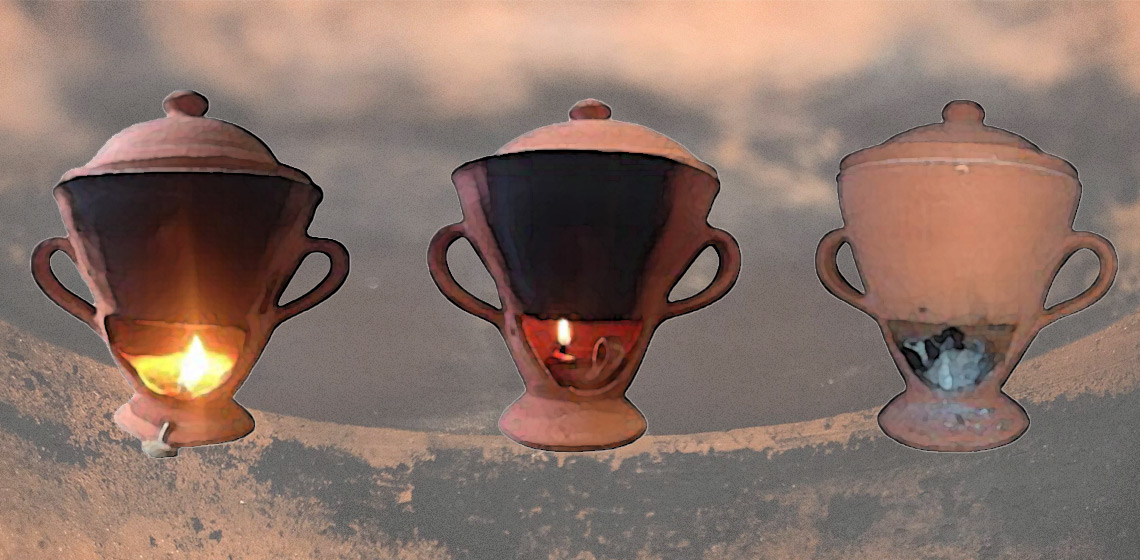Experimental Study of Byzantine Chafing Dishes
Introduction
Byzantine chafing dishes constitute one of the least studied utensils of the Byzantine household. Though a series of publications discuss them in a more detailed manner (Morgan, 1942; Bakirtzis, 1989; Sanders, 1995; François, 2010; Poulou-Papadimitriou, 2008; Vassiliou, 2016), most of our knowledge about chafing dishes derives from their fleeting mention in excavation reports, where they are listed among other finds and only briefly described.



